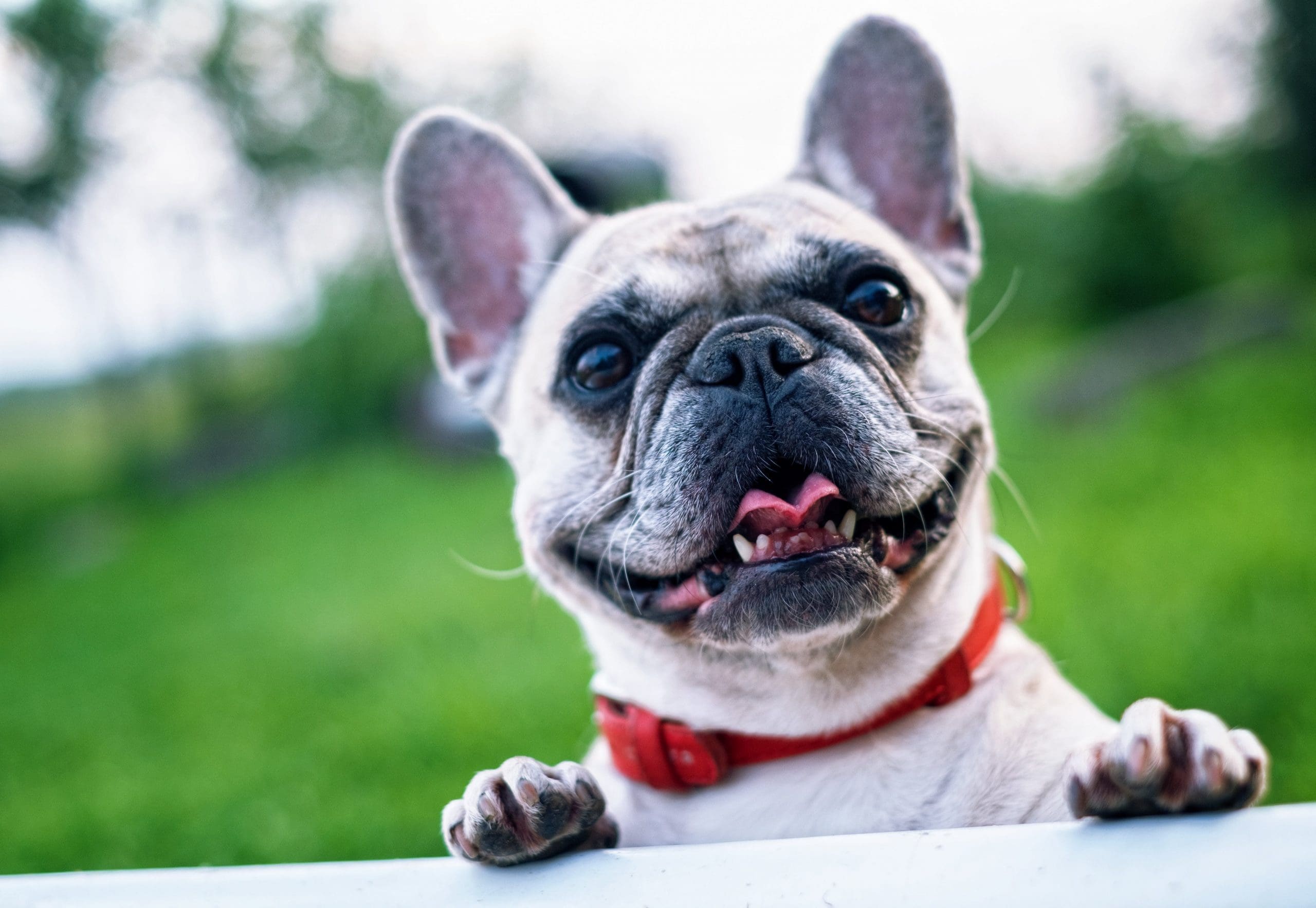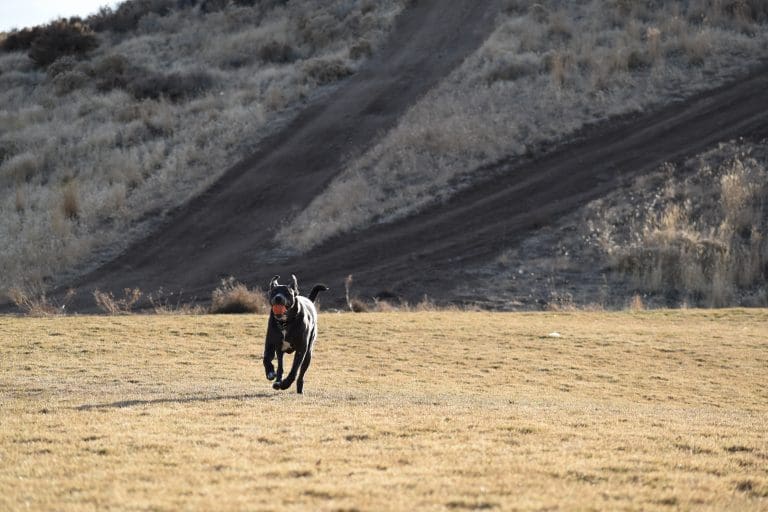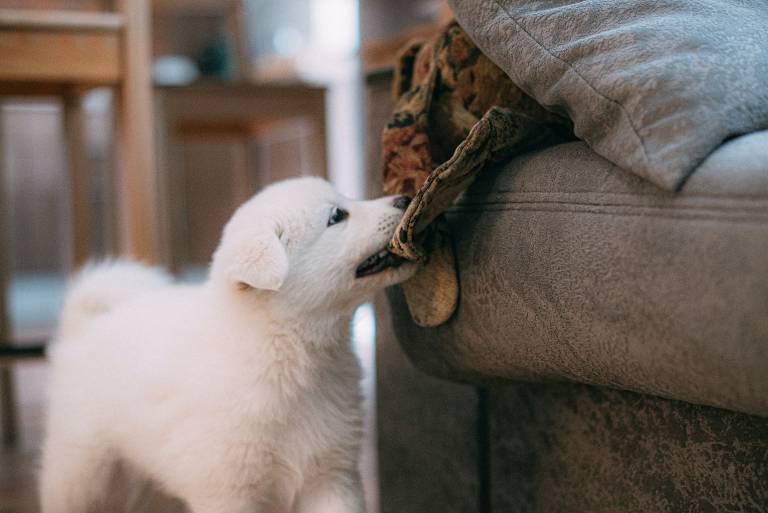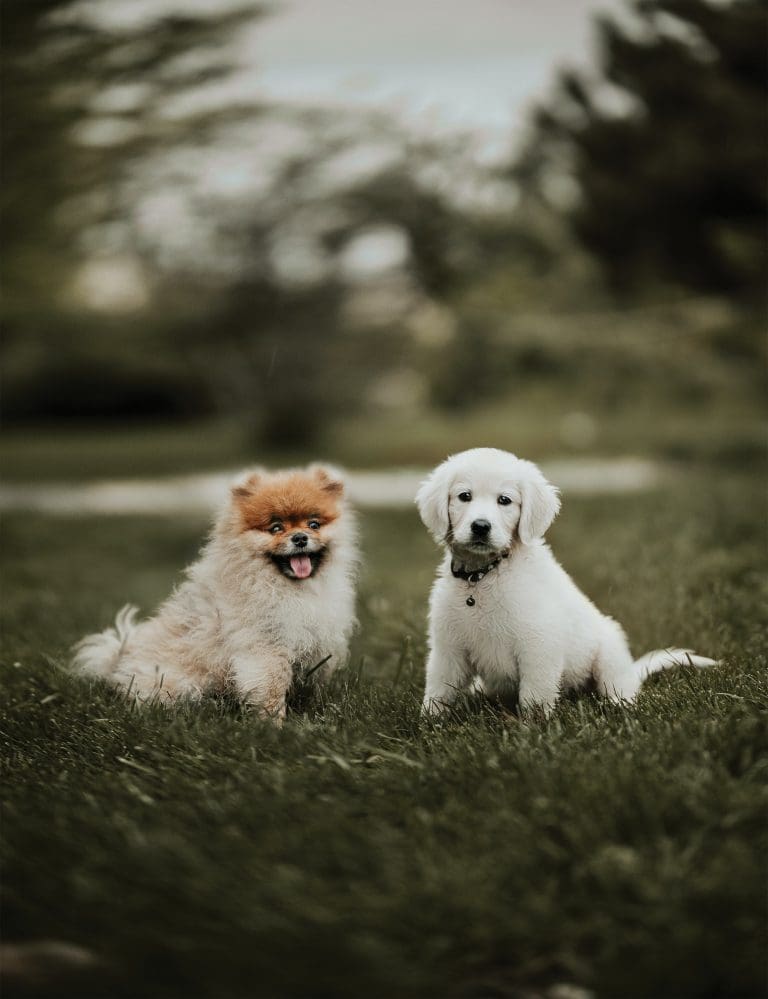How To Stop Dog Aggression Towards Other Dogs?
Post Date:
December 10, 2024
(Date Last Modified: December 10, 2024)
Dog aggression can be a troubling issue for many pet owners. It’s common to feel frustration and concern when your dog reacts aggressively during walks or at the dog park. Grasping the underlying causes of this behavior is essential for addressing it effectively and compassionately.
Aggression can arise from various factors, such as fear, territorial instincts, lack of socialization, or even pain. Identifying why your dog behaves aggressively is the first step to finding a solution. Some dogs may react defensively due to fear of unfamiliar dogs, while others might feel the need to protect their owners or territory. Observing your dog’s body language and triggers is vital. Signs of aggression include growling, barking, lunging, or a stiffened body. It’s crucial to take these behaviors seriously and tackle the underlying issues.
The Importance of Socialization
One of the most effective ways to reduce aggression is through proper socialization. A well-socialized dog is less likely to react aggressively towards other dogs. This process involves exposing your dog to various environments, people, and dogs in a controlled and positive manner. Start with calm, friendly dogs in a safe space where both dogs can feel at ease. Positive reinforcement plays a key role here. Rewarding your dog with treats and praise for calm behavior around other dogs helps them associate these encounters with positive experiences, thereby decreasing the likelihood of aggression.
Training for Better Behavior
Training is another essential aspect of reducing aggressive behavior. Teaching basic obedience commands, such as “sit,” “stay,” and “leave it,” allows for better management of your dog’s behavior. Consistency is crucial. Reinforce these commands during walks and in situations where your dog may encounter other dogs. When your dog responds, provide treats or praise. This not only builds confidence but also strengthens your bond.
In some cases, professional help may be necessary. Engaging a qualified dog trainer or behaviorist can provide personalized advice and strategies tailored to your dog’s aggression. They can assess behavior and offer effective modification techniques. Additionally, underlying health issues can contribute to aggressive behavior, so consulting a veterinarian is wise. Pain or discomfort can lead to irritability or reduced tolerance towards other dogs, making health checks essential.
Managing the Environment
Managing your dog’s environment is another effective way to minimize aggressive behavior. If your dog tends to react aggressively while on a leash, consider using a head halter or no-pull harness. These tools offer better control and can help redirect your dog’s attention upon seeing another dog. At a dog park, closely monitor your dog’s body language. If they appear tense or anxious, it may be best to remove them from the situation before aggression escalates.
Creating a positive environment at home contributes to your dog’s overall behavior. Provide a safe space for your dog to retreat to when feeling overwhelmed. This could be a cozy bed or a specific room for relaxation. Offering mental stimulation through toys, puzzles, and regular exercise can alleviate stress and anxiety, which may lead to aggressive behavior. A tired dog is often a more relaxed dog.
Emphasizing Patience and Persistence
Patience plays a crucial role in addressing dog aggression. Progress may be gradual, and setbacks can occur. Celebrate small victories along the way, and remain resilient in the face of challenges. Building trust and modifying behavior takes time, but consistent effort can lead to improvement.
It’s essential to remember that your dog’s aggression does not reflect your abilities as a pet owner. Many face similar challenges, and seeking help demonstrates responsibility and dedication. By understanding aggression’s root causes and implementing effective strategies, you’re taking significant steps towards a more positive experience for both you and your dog.
Connecting with Others
If your dog continues to struggle with aggression despite efforts, connecting with a support group or community of dog owners can provide additional insights and encouragement. Many pet owners have faced similar challenges and can offer valuable advice and support.
Maintaining a journal of your dog’s behavior can be beneficial. Document triggers that lead to aggression and any positive changes you observe. This record can help identify patterns and inform training and socialization strategies.
As your dog progresses, look for opportunities to gradually expose them to new situations. Start from a distance. If your dog reacts aggressively towards other dogs, allow them to observe from a safe distance where they feel comfortable. Gradually decrease the distance as they become more relaxed, using treats to encourage calm behavior.
Promoting Positive Interactions
Engaging in activities that foster positive interactions with other dogs can be beneficial. Consider enrolling your dog in classes focused on socialization or group training. These settings provide controlled environments where your dog can learn to interact positively with others under professional supervision.
Addressing dog aggression requires a comprehensive approach that includes understanding root causes, implementing training methods, and exercising patience throughout the process. With time, commitment, and effective strategies, you can help your dog feel more comfortable and confident around other dogs, enhancing the experience for both of you.
Being proactive about your dog’s aggression is vital for their well-being and the safety of other dogs and their owners. Every dog is unique, and what works for one may not work for another. Remain open to trying different techniques and seek professional guidance as needed.
Ultimately, the bond you share with your dog can strengthen through this journey. Overcoming challenges together fosters trust, confidence, and happiness for both you and your furry companion. Your commitment to addressing aggression reflects love and dedication, forming a solid foundation for any dog-owner relationship.






